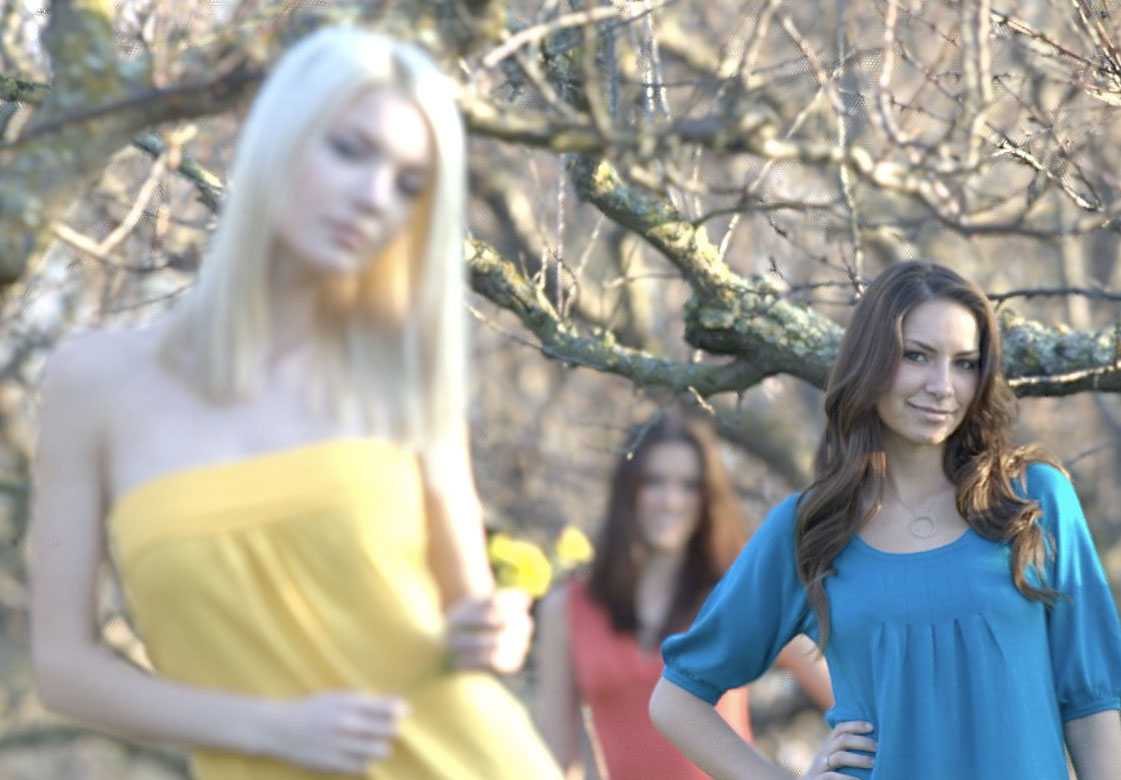Captain Microchip: Week of July 1, 2011

Imagine a camera that allows photos to be refocused!
A Silicon Valley startup recently unveiled plans to sell a new kind of still camera, which generates an image that can be refocused by viewers after its creation. After all, how many times have we captured that great shot only to discover it looks more like modern art than a sharp-edged image?
The closely-held company, Lytro Inc., says its technology will offer consumers an array of benefits including one that all but eliminates focus problems in taking pictures. Lytro’s approach springs from Stanford University research into what are often called light-field cameras that capture much more information to create an image than conventional digital [expand]

cameras do. Scientists have discussed the underlying concept for a century but most previous experiments have required as many as a hundred cameras and heavy-duty computing power.
In 2006, Lytro CEO Ran Ng wrote a doctoral dissertation at Stanford about ways to dramatically reduce the size and cost of the technology. Mr. Ng says their pricing will be competitive with today’s consumer cameras. Selling standalone cameras would seem an uphill battle these days, now that picture-taking capability is a built-in feature of even low-priced cellphones. Cisco Systems Inc.’s recent decision to close its Flip video-camera unit was largely blamed on the fact that many smartphones can now shoot high-definition video. Personally I still like standalone gadgets because I can control the technology a little bit better than when I rely on a smartphone.
A key difference is that the images taken using a Flip or other video cameras looked the same to most viewers. Thanks to Lytro’s new technology these pictures are unprecedented. Photos taken by prototype Lytro cameras, when viewed through most current Web browsers, allow users to click on different parts of an image to bring different subjects into focus. Since images are focused after the fact, users don’t have to spend time focusing before shooting. They don’t have to worry if they wound up focusing on the wrong thing. The technology works in very low light without a flash, while 3-D glasses can add a particularly vivid effect by simulating three-dimensional images that users can adjust to show different perspectives.
Conventional digital cameras essentially record the total sum of light rays from a scene as they hit an image sensor. A light-field camera records the color, intensity and direction of rays individually. This compares to the similar approach in audio recording where instead of recording multiple musicians all at once, modem multitrack studios record them separately so that the volume and other effects can be independently adjusted after the fact to create a sound mix.
A key to Lytro’s strategy is to use the increasing resolution found in the image sensors in conventional digital cameras, capability that most amateur photographers don’t fully exploit. The company developed a special array of lenses that fit in front of image sensors and help break the image apart into individual rays, along with software to help reassemble and manipulate it.
Lytro won’t lack for competition. Software maker Adobe Systems Inc. has developed prototype light-field cameras for research purposes. Besides the technology departments of big camera companies, other startups are pursuing related technology, such as Pellican Imaging Corp., which in February announced a prototype of what it calls an array camera for use in mobile devices. I guess we can now truly respond to people who urge us to stay focused. [/expand]



